
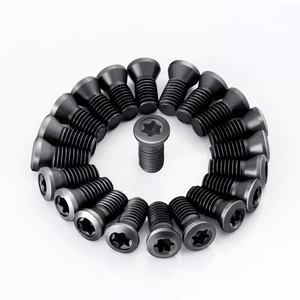
CNC phay công cụ thanh cắt đầu Báo Chí tấm mận vít M2 * 4 4*10 vật liệu thép Hệ thống đo lường số liệu

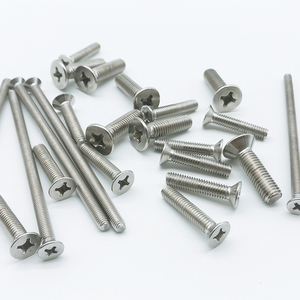
Nhà máy chất lượng cao cung cấp trực tiếp tùy chỉnh din965 thép không gỉ SS304 316 Philips phẳng csk đầu máy vít m2m3m4m5m6m8

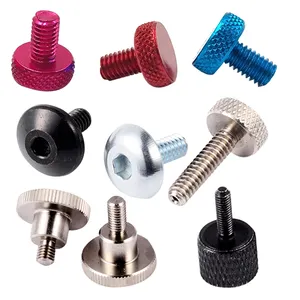
Nhà Máy 8-32 1/4 "Đầu phẳng M3 M4 M6 Anodized nhôm tùy chỉnh Vai thép không gỉ Brass có khía ngón tay cái vít
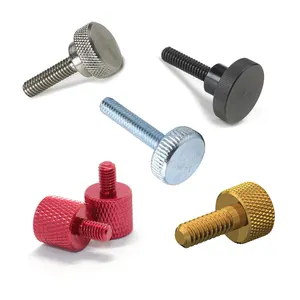

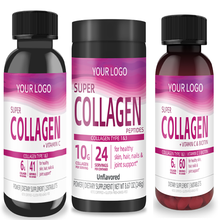
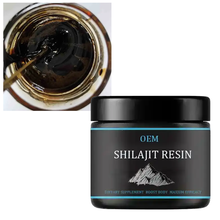
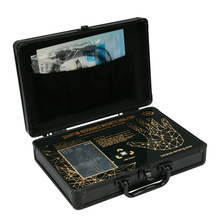
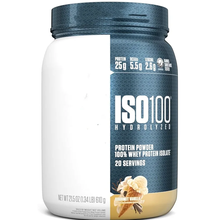

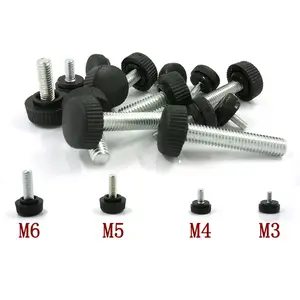




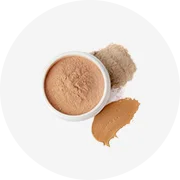













 浙公网安备 33010002000092号
浙公网安备 33010002000092号 浙B2-20120091-4
浙B2-20120091-4